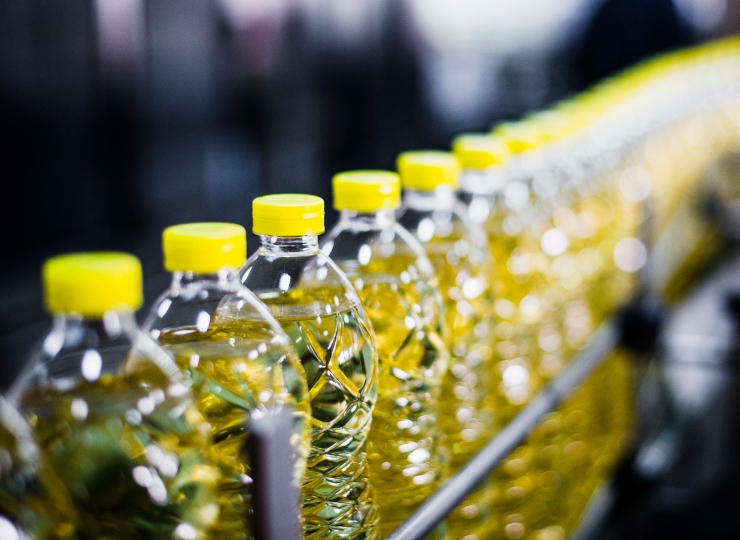Food contact material (FCM) migration testing studies including overall migration and/or specific migration are a regulatory requirement to determine the safety of food packaging materials or articles, and to support toxicological risk assessments
Food contact migration testing is key to verifying safety and establishing food contact compliance. Migration limits for the transfer of chemical substances from FCM into food have been established for food packaging materials based on the toxicological risk assessment and potential risk to human health. National and regional regulations and guidelines detail these migration limits with the aim to control the exposure of consumers to these potentially harmful substances. Food contact legislative frameworks worldwide have set out specific requirements, including test conditions and exemptions, for testing the migration of restricted substances.
Overall Migration Testing for Food Contact
The overall migration limit (OML) applies to the sum of all non-volatile substances that migrate from the FCM into food (or food simulant). This limit is used in plastic food contact regulations in Europe, China, and South America (Mercosur), among others. Notably, US FDA does not specify an OML, although similar requirements are in place. Our scientists are experienced in conducting migration testing to standard DIN EN 1186 Materials and articles in contact with foodstuffs - Plastics. This standard is required to be followed for plastic FCMs to be sold into the EU market, and provides detailed test conditions and test methods for overall migration.
Specific Migration Testing
A specific migration limit (SML) applies to an individual substance or to a group of similar substances that can migrate from the FCM into foodstuffs. The established limits are based on the toxicological hazard of a substance and manufacturers must show, by analysis or calculations, that the substance does not migrate at a level exceeding its respective SML. Analytical techniques are used to identify and quantify these substances in food simulants. Limits specific to the migration of certain substances can be found in almost every food contact regulation, ranging from a handful of high-risk substances to extensive lists of constituents with a SML. For plastic FCMs, standard DIN EN 13130 Materials and articles in contact with foodstuffs is relevant.
Specification Testing
In food packaging specification testing, substances are assessed by their properties which are related to quality, purity or indirectly to migration behaviour. These tests are intended to verify whether a substance meets the specifications that the legislator originally used to allow a substance for use in food contact materials. These tests are applied to many substances that are regulated by the U.S. Food and Drug Administration’s (FDA) Title 21 of the Code of Federal Regulations. The Chinese food contact framework also uses these tests in conjunction with overall and specific migration requirements.
Migration Testing Challenges – Which Food Simulant and Test Conditions?
It is often impractical to perform migration and specification tests on actual food under real-world use conditions. Therefore, food packaging migration tests are performed with food contact simulants under simulated test conditions that are appropriate for the intended use. Determining which test conditions and simulants are applicable will vary based on intended application of the article and sometimes the regulation that it is tested against.
The challenge for the industry is to determine which tests are applicable in which situation and to which material and additionally, how to choose the correct parameters for testing. Companies should be aware that testing cannot always guarantee compliance of a material, as this is predicated on other factors besides a test result.
How Can Intertek Help?
As a core part of our food contact packaging testing services, our scientists are experienced in conducting migration testing and specification testing in accordance with national or international standards such as DIN EN 1186 or DIN EN 13130 for food packaging, kitchen utensils, food processing machinery and other food contact materials.
Our experts can advise on appropriate analytical strategies to meet your migration testing requirements and on the appropriate compliance assessment work that needs to be performed prior to these tests, with on the ground support to help you meet the requirements for local certifications or accreditations in your regions of interest.
We also have expertise for specific migration testing for a range of substances of concern including bisphenol A, primary aromatic amines (PAAs), metal containing substances and phthalates, per- and poly-fluoroalkyl substances (PFAS), other bisphenols, UV-ink photoinitiators and the release of microplastics.
Where analytical method do not yet exist, we are adept at method development and validation across a wide range of technologies including gas chromatography, liquid chromatography, mass spectrometry and elemental analyses. We also deploy our analytical expertise to screening studies to support the identification and quantification of non-intentionally added substances (NIAS). Our CircularAssure team provide comprehensive support for the lifecycle of recycled materials and post-consumer recycled materials used in food contact including migration testing, evaluation of processability and NIAS.
Total Quality Assurance
Bringing quality, safety, and sustainability to life, we apply our experience to support your food contact development from early-stage R&D to recycling and beyond.
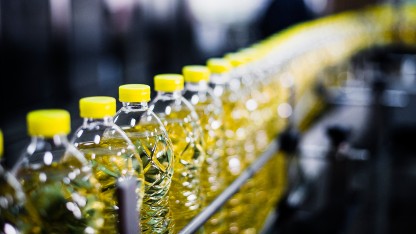
Food Contact Materials Testing & Food Packaging Analysis
Food contact materials testing to demonstrate regulatory compliance through experienced laboratory services
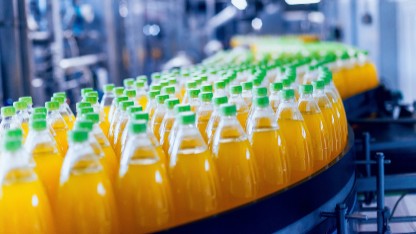
Non-Intentionally Added Substances and NIAS Testing for Food Contact Materials
NIAS testing for food packaging safety helping you to mitigate potential health risks

Migration Testing for Food Contact Materials (FCMs)
Food contact material (FCM) migration testing studies including overall migration and/or specific migration
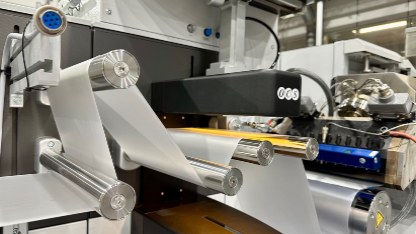
Plastic Film Testing for Quality and Performance
Plastic film testing for quality and performance using factors like gel count and a range of mechanical, physical and optical property testing
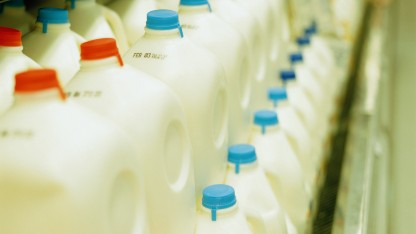
Testing Primary Aromatic Amines in Food Packaging
Testing for primary aromatic amines in food packaging materials is key to regulatory compliance for plastic food contact materials
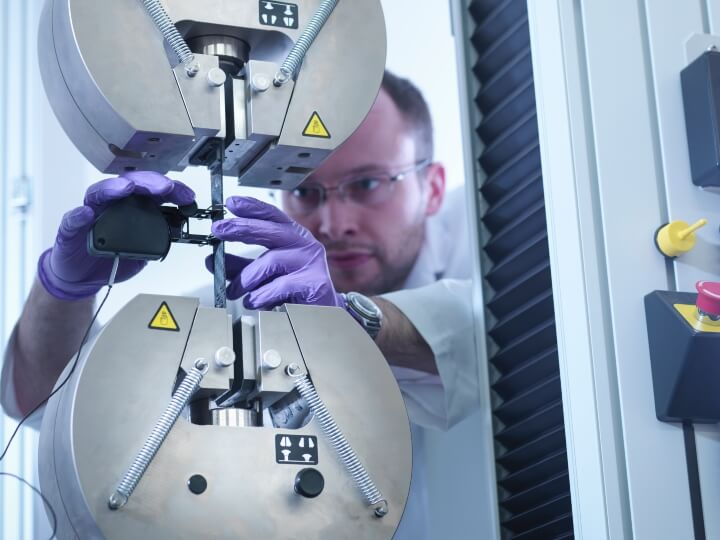
Testing the Physical Properties of Packaging Materials
Hot Tack Testing
Trace Metals Testing for Food Contact Materials

